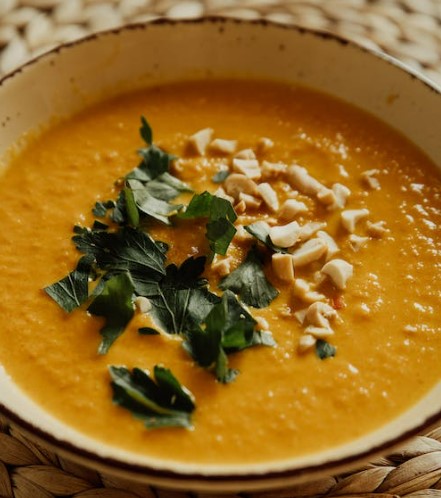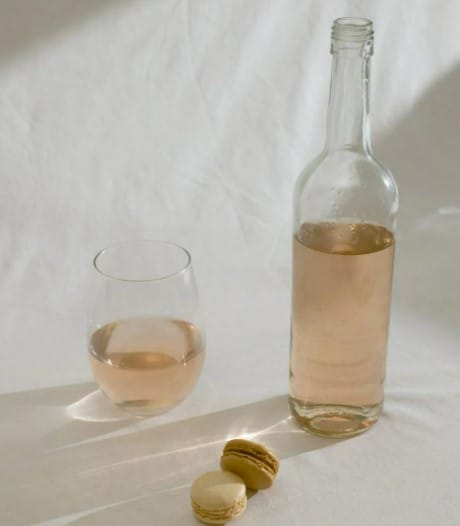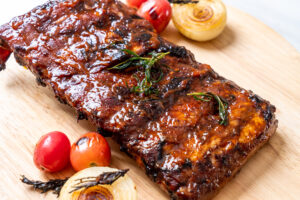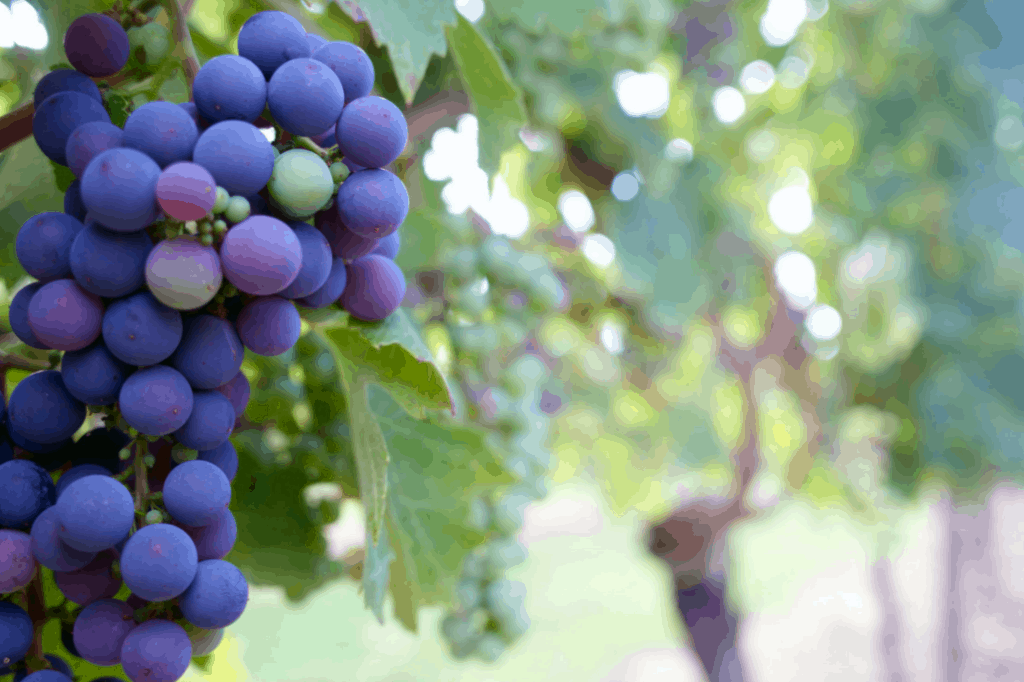
Order your next bottle of Scout & Cellar wine TODAY!
Tannins are frequently mentioned by wine connoisseurs, but what exactly are they? Tannins are a key descriptor for wine tastings since they describe a wine’s dryness, bitterness, and astringency. It’s usually linked with red wine or rose wines, and it’s the polar opposite of the sweetness present in many white whites.
Tannins are neither a good nor a harmful thing. Red wine varietals with high tannin levels are well-known and well-loved. However, not everyone who drinks wine appreciates a dry mouth. Understanding tannins and how they affect the flavor of the wine is crucial to selecting the correct red or white wine for you.
If you’re interested in How to Pair Bordeaux Wines With Food this post will help.
TANNINS: WHAT ARE THEY?
Tannins are essentially the pucker power of red and white wines. It tends to be more prominent in younger red wines that haven’t had enough time to soften. Bitter and astringent are two words that come to mind when describing a wine with a high tannin content.
Tannins come from the skins, stems, and seeds of the grapes that are utilized to make the wine. Polyphenols generated from plants are what they are called technically. Because red wines spend more time in touch with the vine, they tend to have more tannins.
Tannins can also be found in oak barrels, which are used to mature many wines. These wood tannins are absorbed into the wine, resulting in vanilla notes in the case of oak. When drinking red wines, tannins are often described as the textural component that “dries the mouth.”
Tannins are significantly responsible for the structure or “body” of red wines. It’s analogous to how a skeleton supports the body while also allowing movement. Tannins are one of the reasons why it’s best to let a wine “breathe” or aerate before consuming it. They are softened by the air, especially in young red wines.
Teas, nuts like walnuts and almonds, dark chocolate, spices like cinnamon and clove, a few fruits including pomegranate and grapes, quince, and red beans all contain tannins.
This article describes How Syrah Wine Tastes.
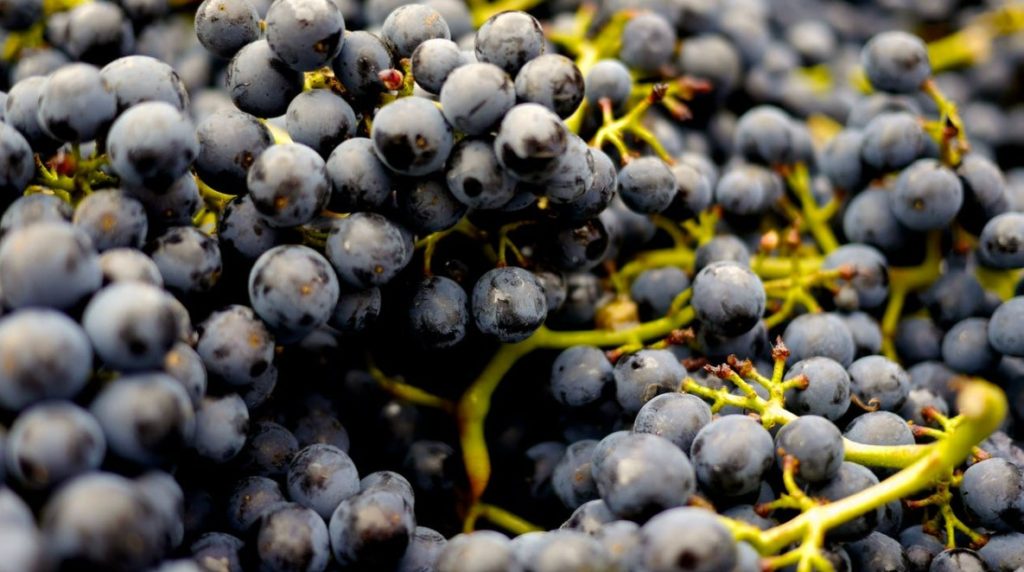
TANNINS CAN BE FOUND IN ABUNDANCE IN PLANTS
Tannins are polyphenols present in the bark, skin, seeds, and stems of practically all plants. They are one of nature’s defenses against sickness, including antioxidant and antibacterial characteristics. Early humans discovered how to extract tannins from plants and use them to “tan” animal skins and manufacture leather, changing a naturally rotting commodity into a robust, long-lasting product. The phrase “I’ll tan your hide!”, which is used to threaten a thrashing, is an oddity because tanning does not entail striking the hide. However, it does necessitate the removal of flesh from the hide, which could be what the word means.
Tannins are a healthy addition to livestock feed because of their inherent antioxidant capabilities, and they’ve even been recommended as a natural antibiotic alternative. They can also be found in nuts, seeds, vegetables like spinach, and beverages like tea and, of course, wine.
TANNINS PROVIDE STRUCTURE AND CHARACTER TO WINES
Tannins contribute structure and mouthfeel to wine, just as they do to leather. They can be found in the skins, seeds, pips, and stems of grapes. During the pressing, maceration, and fermentation of the juice, they leach into the wine. Tannins from the wood are also added while aging in oak barrels. Powdered tannins, which are extracted naturally from plants, can be added to wine to give the winemaker more control over the final product.
Tannins can be ripe, supple, velvety, soft, silky, or sweet in the context of wine tasting. They can also be abrasive, chewy, harsh, green, angular, or scorching in nature. If we like them, they’ll be rustic; if we don’t, they’ll be coarse.
What in wine causes a headache?
Tannins have a tactile quality to them. You’ve probably experienced the astringent, drying impact of tea if you’ve ever let it steep for too long. They irritate your teeth. Good tannins, the supple, ripe kind, sneak up on your teeth toward the finish of big red wines just as the fruit fades, tickling your teeth with a nice caress that reminds you there’s more in the bottle. These wines are described as having “grip.” Aggressive tannins hit you in the mouth like a sucker blow, leaving the wine harsh.
Some grape varieties have more tannins than others: cabernet sauvignon, syrah, and nebbiolo, for example, produce tannin-richer wines than merlot, gamay, or pinot noir. If you listen to winemakers talk about their work, you’ll hear the term “whole-cluster fermentation” a lot, especially when it comes to pinot noir. When the winemaker leaves the stems on the grapes to add tannins to the wine, this is done.
Food pairing with Grenache wine
TANNINS ARE REDUCED BY FAT
Tannins bind to protein, which is why grilled steak and cabernet sauvignon are such a popular pairing. These wines go well with richer, more succulent foods because the tannins cut through the richness and the astringency leaves our palates refreshed and ready for the next bite.
Is it better to drink wine over beer?
TANNINS AID IN THE MATURATION OF WINE
Tannins’ preservation characteristics aid in the longevity of wine. They are tiny chemicals that mix while the wine ages in the bottle to generate larger compounds that eventually settle out of solution as sediment. This is why older wines are less astringent than younger wines.
However, maturing wine may not be practical in today’s world; in fact, most wine is drank within days of purchase. And, albeit slowly, we are going toward a lighter, more plant-based diet as a culture. So, perhaps, tannic wines are no longer required? Winemakers have developed procedures for softening tannins and making wines more approachable and drinking after release, but our lifestyles and diets may require a more fundamental shift in wine taste.
Take a look at this article for Your Guide To Chardonnay Grapes And Wine.
The natural wine trend supports wines with less extraction and a focus on tannins and structure in the winemaking process. As a result, red wines are lighter in color, alcohol, body, and even flavor than they have been in recent decades. They are unquestionably less tannic than our standard cabernets and syrahs. These aren’t likely to replace Napa cult cabernets or Bordeaux First Growths anytime soon, but they do signal a shift in consumer preferences.
TANNINS CAN ALSO BE FOUND IN WHITE WINES
You’ve undoubtedly noticed that I’ve solely talked about red wines and their interaction with tannins. Modern whites are prepared by pressing the juice from the grape’s tannin-rich skins, pips, and stems. Tannins can be added by fermenting and maturing in barrel, as most chardonnay is, although tannic debate is usually reserved for reds.
Amber wines, often known as orange or skin-contact wines, are an anomaly. These are whites that have been fermented and matured on their skins, similar to how red wine is formed. This gives the wine color, structure, and tannins. It’s a practice that dates back to the ancient Georgian and Armenian vineyards. It’s a favorite among natural wine devotees as well as wineries from all over the world looking to reconnect with the past.
The natural wine movement favors lighter reds and heavier whites than the usual, which is one of the many paradoxes that make wine and life so fascinating. It makes me thirsty for more, like a mellow tannic finish.
Final Thoughts About What Are Tannins In Wine?
Tannins are frequently mentioned by wine connoisseurs, but what exactly are they? They are a key descriptor for wine tastings since they describe a wine’s dryness, bitterness, and astringency. It’s usually linked with red wine, and it’s the polar opposite of the sweetness present in many whites.
You can read about How To Open A Bottle Of Wine Without A Corkscrew in this post.
Read this article if you’re looking for a Guide to Pinot Noir.


